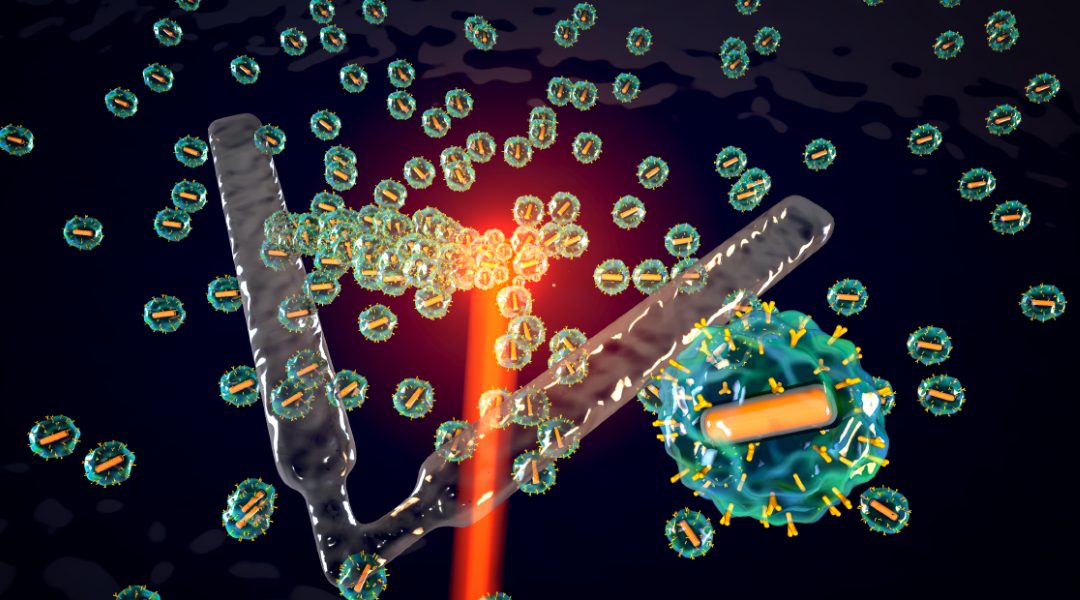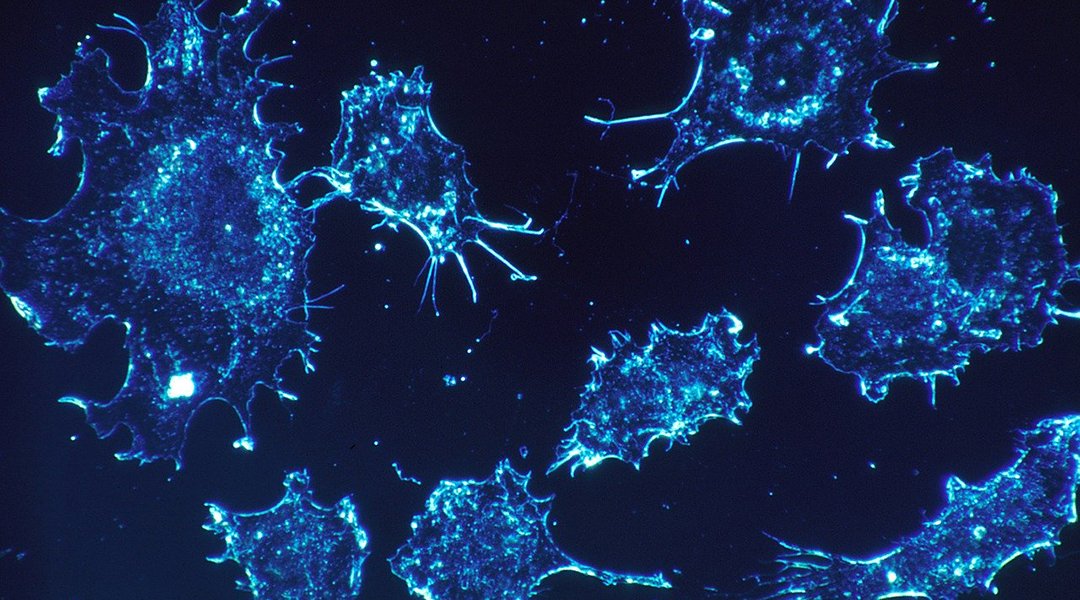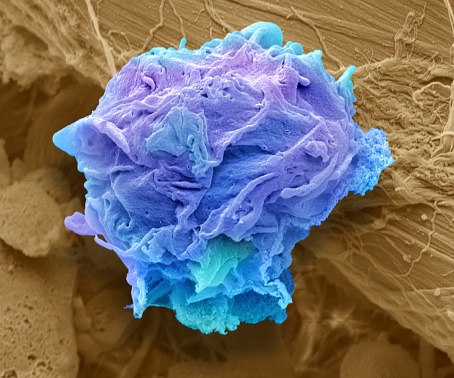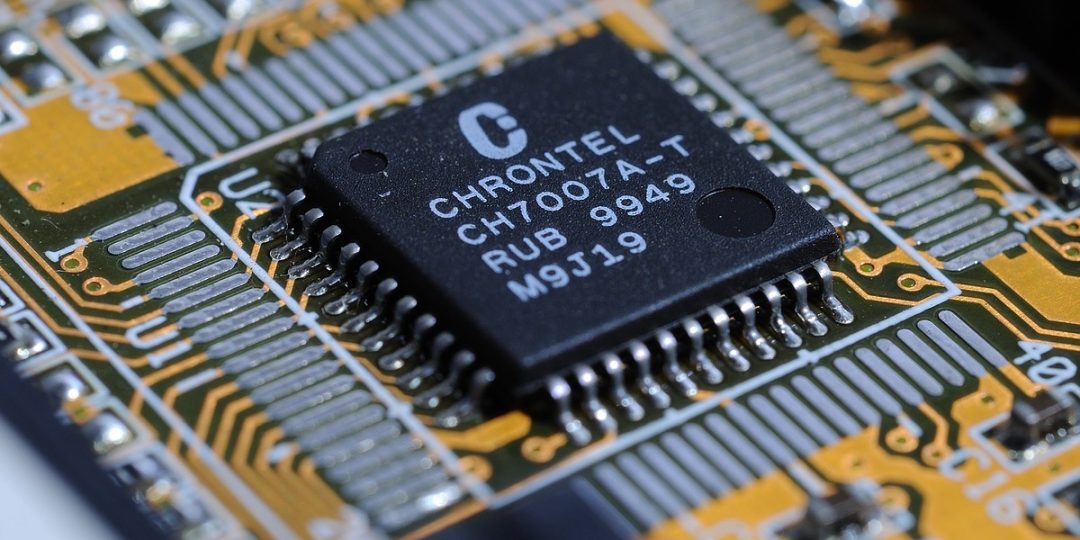A new soft microrobot harnesses electromagnetic and thermal energy at the nanoscale to self-assemble from colloidal nanomachines.


A new soft microrobot harnesses electromagnetic and thermal energy at the nanoscale to self-assemble from colloidal nanomachines.

Millimeter-scale robots were shown to mimic the movement and behavior of living insects for advanced materials science, biological, and biomedical applications.

As the way in which we work, socialize, and live becomes ever-more digital, enabling faster internet speeds and bandwidth capacity while using existing infrastructures promises a new dawn of the digital age.

Researchers use “a guiding light” to direct the 3D growth of nerve tissue with a high degree of precision.

Scientists are finding safer ways to keep drug-loaded microrobots attached to cancer tissue.

A team of researchers overcomes antibiotic resistance in MRSA by combining antibiotics with irradiation.

One drug, three modes of action: Clinicians combat the drug resistances of some cancer types by using a combination of different drugs.

Perovskites have been discovered to be a cheap alternative for Faraday rotators.

Exploring advances in building 2D and 3D structures through lithography and additive manufacturing.

New technique for analyzing Moon rocks lets scientists study them atom by atom.